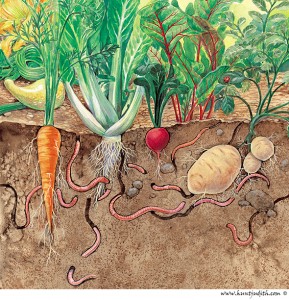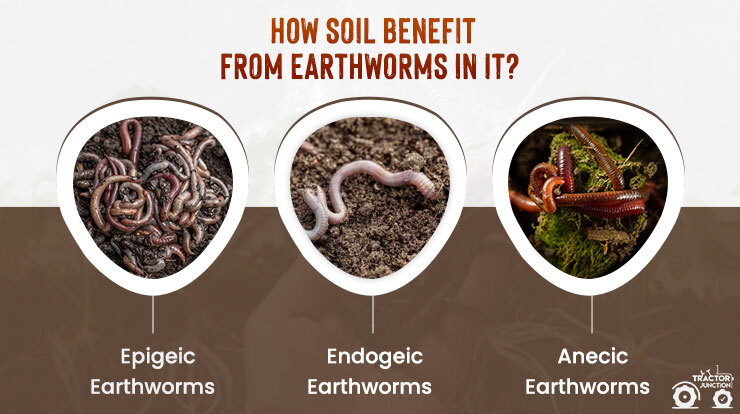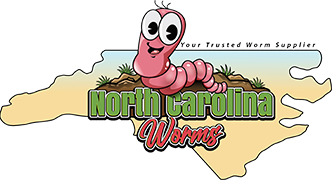Unknown Facts About North Carolina Worms
The Only Guide to North Carolina Worms
Table of ContentsThe 3-Minute Rule for North Carolina WormsSome Known Details About North Carolina Worms 7 Easy Facts About North Carolina Worms DescribedHow North Carolina Worms can Save You Time, Stress, and Money.
Instance: 1-gallon of worm castings to 4 gallons of potting mix. 1/2 cup in the base of the growing opening for smaller plants. 1 mug for bigger plants.
The addition of tea can likewise add boosted microbial biomass to your soil. You can constantly side-dress your plants with worm spreadings any time. Simply bear in mind, the bacteria will certainly pass away if exposed to UV rays (Sunlight), so be sure to cover the spreadings with an inch or two of soil.
This frustrated them for years until the screening methods ended up being much better. It would obtain far better(with more spreadings), degree off, and then decrease. Also numerous worm spreadings would certainly accelerate the growth to a rate that the plant could not recuperate from.
The smart Trick of North Carolina Worms That Nobody is Talking About
I have clarified the merits of worm spreadings for regarding 2000 words. Worm castings are no different. It takes time to create quality worm spreadings.
Worm castings absolutely cost more than chemical plant foods. Worm castings are on the less costly end of natural fertilizers. (50 gallons per year) It is a much tougher and extremely expensive financial investment to create huge amounts of worm spreadings.

In reality, producing a healthy and balanced dirt might be the best benefit of worm castings. Healthy soil was reviewed and exactly how crucial this has become to everyone. The top 10 benefits of worm spreadings were likewise presented. We reviewed worm castings NPK and also the appropriate nutrient analysis that need to relate to worm castings.
The Buzz on North Carolina Worms
Ultimately, we talked about several of the disadvantages related to worm spreadings. I covered a lot of material in this post. There are a whole lot of web links (internal and external). If you would such as even more details on a certain subject, please click through the links to find out more. As constantly, do not hesitate to comment or ask concerns.
The upright burrows are normally open, although the worms top the top with residue and waste matter. Origins need oxygen for their growth, whereas they produce carbon dioxide that requires to leave the soil.
Earthworms boost porosity by 2 devices: (1) by developing irreversible burrows, and (2) by boosting soil aggregation. Gathering is boosted by the blending of dirt and organic matter in the earthworms' intestines. North Carolina Worms. These very steady aggregates are transferred by some earthworms in their burrows, and by others at the surface area of the soil


In one more research, earthworms were approximated to consume 4 to 10 percent of the top 6 inches of the soil every year. This only mosts likely to reveal the enormous quantities of soil that can be processed by earthworms. Soil compaction minimizes the porosity of the dirt. Due to the fact that earthworms increase porosity, they reduce the impacts of compaction.
All About North Carolina Worms
Normal earthworm populaces can quickly consume 2 lots of dry issue per acre each year, partly digesting and blending it with dirt. The significance of earthworms to mix surface area deposit with soil becomes really clear in soils that do not have any earthworms. A lot of our Pennsylvania soils have at the very least some earthworms, and the impact of their complete lack, as a result, can not be noted.
(https://blogbangboom.com/members/northcarolinaworms/profile/)In these dirts, the formation of topsoil with sensible organic matter material did not take location, leading to bad crop growth. When the cause was established, the government of the Netherlands started a project to present earthworms. After the intro of the earthworms, a dark topsoil layer was created, and plant growth boosted significantly.
They live largely from partly broken down natural issue that is currently included in the dirt. These types consume large quantities of soil that they mix with absorbed plant residue in their intestines.
These types ingest substantial amounts of dirt that they mix with absorbed residue in their guts. Their waste matter is primarily transferred at the surface of the dirt.